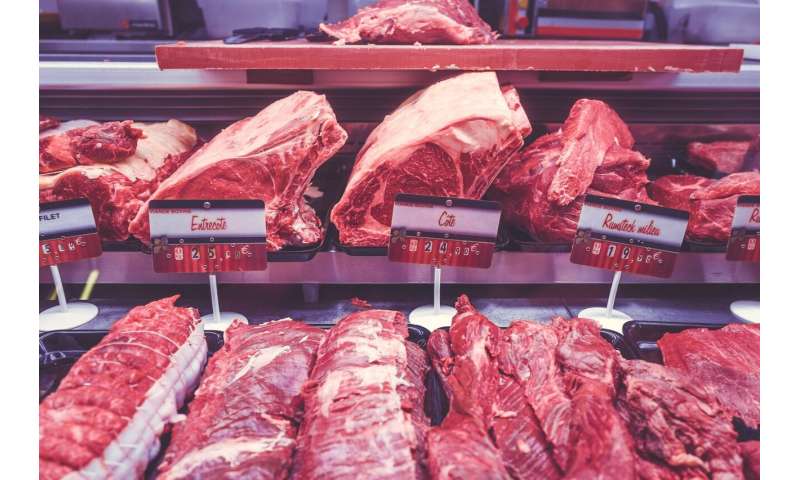
These questions came in from a student journalist in Canada:
1. What are the health benefits/differences of grass-fed meat compared to regular meat? (I understand from reading some studies, grass-fed meat is higher in omega-3.)
First I think it’s important to clarify what these terms mean. Grass-fed does not mean these are the only cows that graze on pasture or eat hay. All cows are grass-fed. The difference lies in how they are “finished”—what they are fed in addition to grass or hay in their last few months of life.
Grass-finished cattle consume only grass or hay during their lives. They may also receive vitamins, minerals and protein supplements but no grain.
Grain-finished cattle are raised on pasture or hay as well. Their diets may be supplemented with protein, vitamins, minerals and grains, especially during the last months of their lives.
All beef—grass- and grain-finished—provides high quality protein and other essential nutrients such as zinc, iron, and B-vitamins. Grass-finished beef tends to be leaner than grain-finished (although lean cuts can be found in both production styles).
Even though beef in general is not a great source of omega-3 fats, grass-finished beef does tend to be higher than grain-finished (about 70 milligrams per serving compared to 35 milligrams for grain-finished beef.) Fish, on the other hand, provides upwards of 1500 to 1800 milligrams of omega-3s per serving. (That’s why experts recommend we eat two or more fish meals a week.)
2. Is there a noticeable difference in taste from grass fed to grain fed meat?
Most people say yes. Grass-finished beef is described by some as having a “nuttier” flavor and the fat of this beef is a slight yellow color. Grain-finished beef has a higher amount of monounsaturated fat (a healthful fat, by the way), which contributes tenderness and perhaps a more “beefy” flavor.
3. It could be said that due to climate change, people are trying to eat more plant-based food but still want to enjoy the occasional cut of meat. How can this be done sustainably?
In my mind, beef is a sustainable food. Due to advances in animal health, nutrition, and genetics, U.S. ranchers now produce the same amount of beef as they did 40 years ago with a third fewer cattle, 81% less feed, 88% less water and a third less land.
The common denominator in all healthful eating styles is a variety of nutrient-rich foods (fruits, vegetables, whole grains plus calcium and high quality protein). Several types of eating patterns can accomplish our nutrient goals, including those that include meat. Balance is key.
4. Grass-fed beef seems to be more expensive than regular beef. Is it worth the investment?
Grass-finished beef can be more expensive because it takes several months longer for cattle raised only on grass to reach their optimal weight and maturity. That takes additional feed, water and other resources.
Is it worth the investment? That is a personal choice. Both grass-finished and grain-finished beef are sustainable production systems that produce a nutrient-dense protein source.
Source: Read Full Article